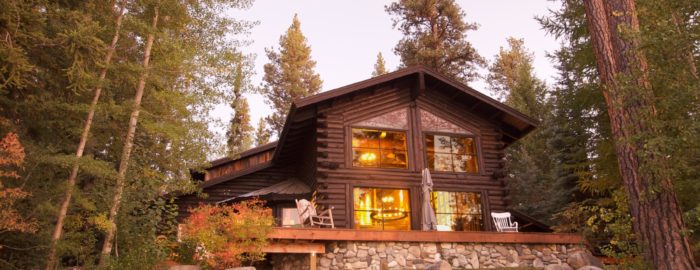Early spring land tours offer more than just an opportunity to admire the changing seasons; they provide invaluable insights for prospective landowners. As winter’s grip loosens, venturing into the province’s interior reveals crucial details about properties that may go unnoticed during other times of the year.
Transitioning from snowshoes to rubber boots, explorers can navigate the terrain with a fresh perspective. Witnessing the effects of winter’s accumulation and subsequent melt offers a glimpse into the property’s topography and drainage patterns. This firsthand experience is essential for making informed decisions about infrastructure placement, such as driveways, dwellings, gardens, and outbuildings.
Understanding how structures withstand the rigours of seasonal changes is paramount, especially for those considering year-round residency.
Assessing the impact of heavy snowfall, ice build-up, and freeze-thaw cycles provides invaluable information about a property’s resilience. Recent extreme weather events, like the record-breaking snowfall in California’s Sierra Mountains, underscore the importance of being prepared for nature’s unpredictable forces.
Perhaps most crucially, early spring tours shed light on flood risks and water management.
Observing the flow of runoff water and identifying areas prone to flooding can prevent future headaches.
Frozen ground during the thaw amplifies these risks, making anticipating and mitigating potential issues imperative.
Additionally, understanding sunlight exposure and shadow patterns aids in optimizing energy efficiency and agricultural planning.
Practical considerations extend beyond the property, including access roads and commuting logistics. Evaluating road conditions and snowbank heights provides insights into winter accessibility and maintenance requirements.
Remote locations may necessitate specialized vehicles and self-sufficient snow removal equipment to ensure year-round access.
Verifying winter road maintenance protocols through local authorities is essential for rural living. Collaborating with municipal services or organizing private snow removal arrangements can mitigate isolation and logistical challenges.
Some properties even come equipped with dedicated snow removal equipment, exemplifying the proactive approach necessary for remote living.
Attention to detail extends to the property’s driveway, where terrain and maintenance requirements become evident.
Steep slopes, narrow passages, and wooded areas pose challenges that require thoughtful planning and preparation. Understanding these nuances early on informs decision-making and prevents future headaches.
Structural considerations like roof pitch and drainage are pivotal in snow management.
Different roofing materials and configurations impact snow accumulation and ice formation, necessitating tailored maintenance strategies.
Pay Attention to gutter systems and foundation integrity against water damage and erosion risks.
For waterfront properties, diligent assessment of spring runoff patterns is essential for flood prevention and land management.
Understanding historical floodplain data and monitoring snowpack levels ensures informed decision-making. Leveraging online resources, such as the Province of BC’s floodplain maps and the River Forecast Centre’s water supply bulletins, provides valuable insights into regional risks.
Early spring land tours ultimately empower prospective buyers to make informed decisions about rural and remote properties.
By embracing the seasonal transition and leveraging firsthand observations, individuals can mitigate risks and optimize opportunities for sustainable living. So, seize the moment, embrace the changing seasons, and embark on your rural land tour—it’s an investment in your future.
Freddy Marks


